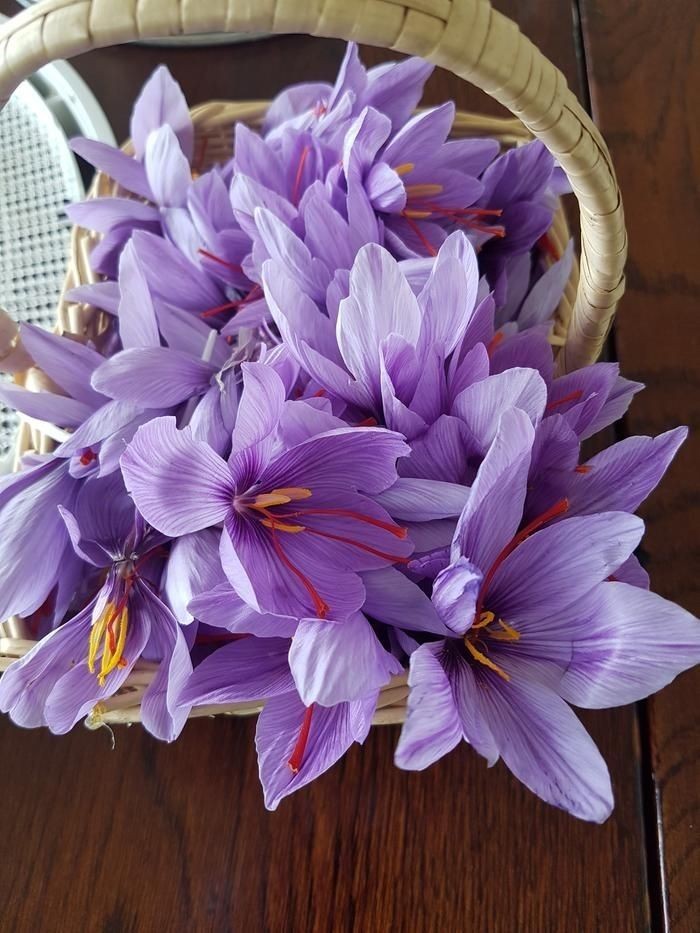Categories
The latest content
-
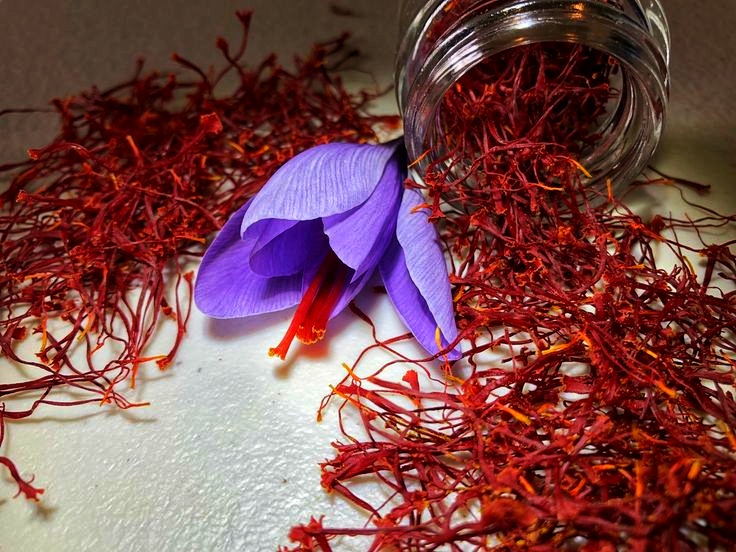
Unlocking the Golden Opportunity; How Afghan Importers & Distributors Can Profit from Iranian Saffron?
..
-
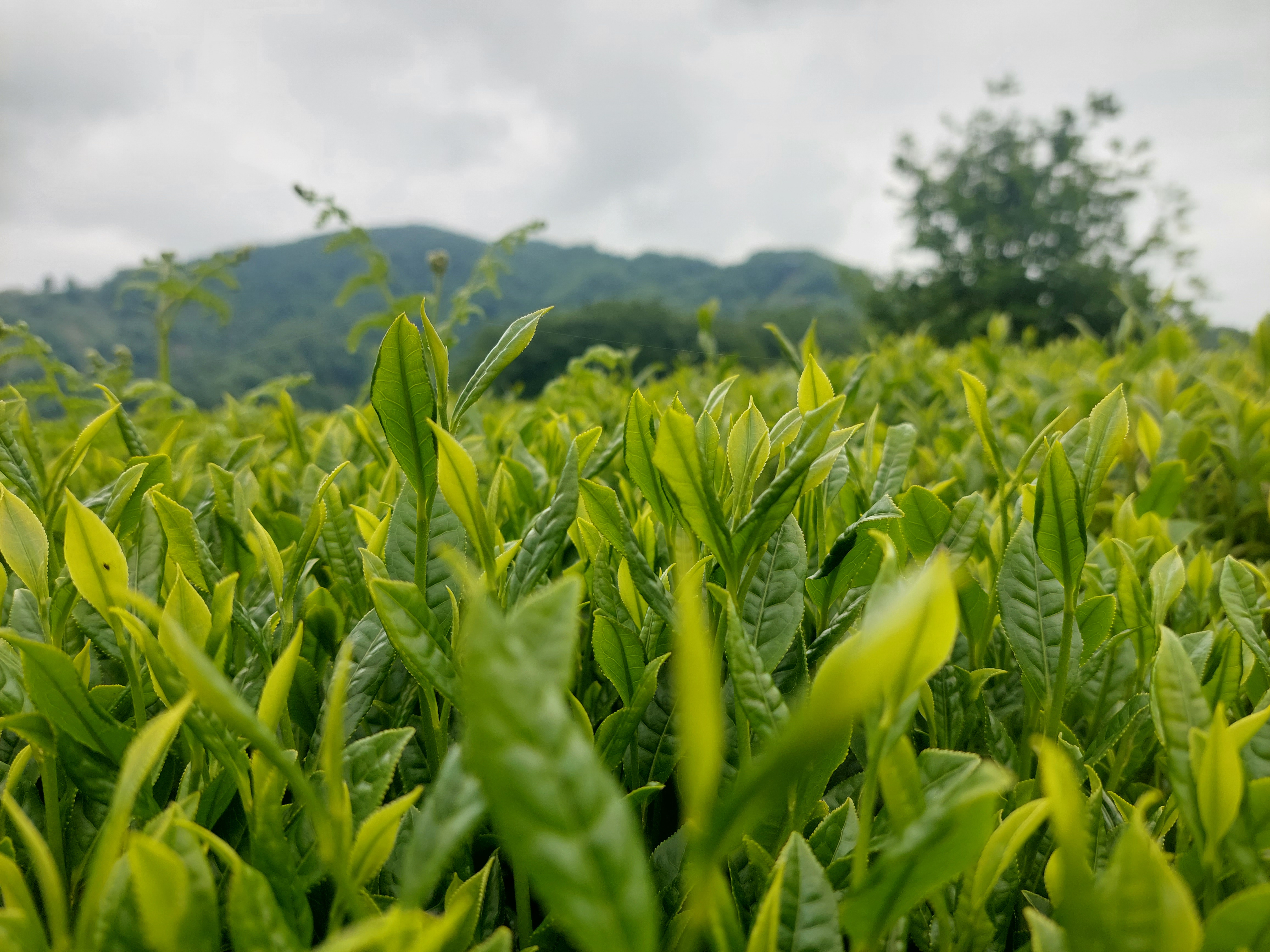
Top Types of Iranian Tea Preferred by Egyptian Consumers; A Guide for Importers and Distributors
..
-
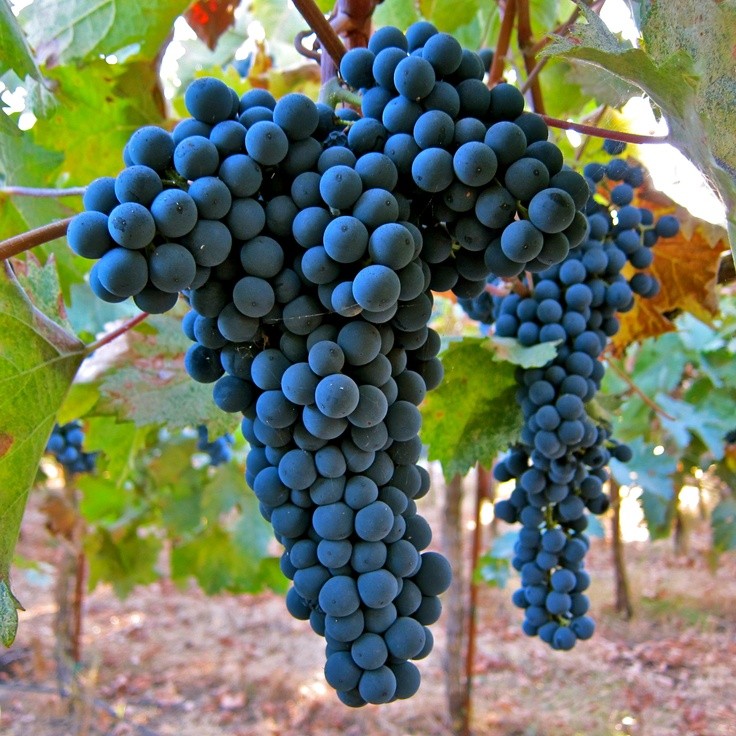
How to Source Iranian Black Raisins; What Global Buyers Should Know
..
-
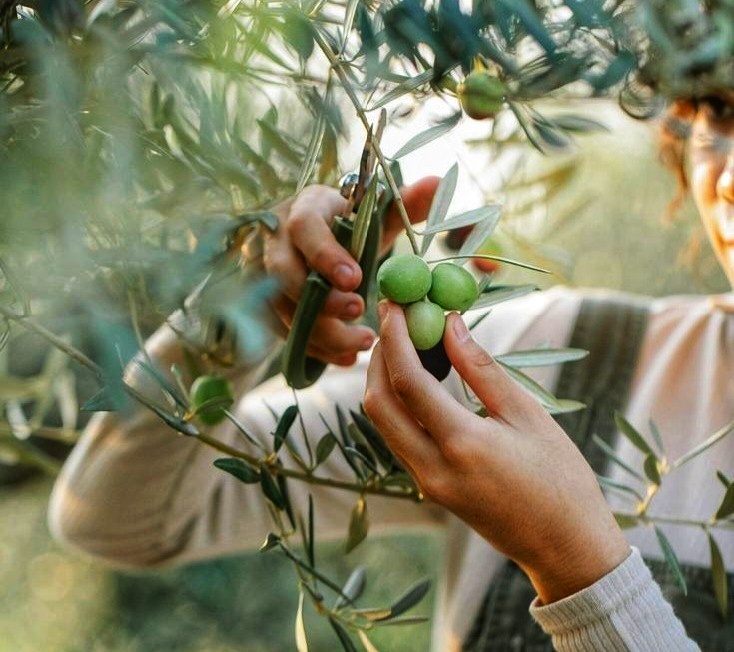
The History of Olive Cultivation in Iran; From Ancient Roots to Global Markets
..
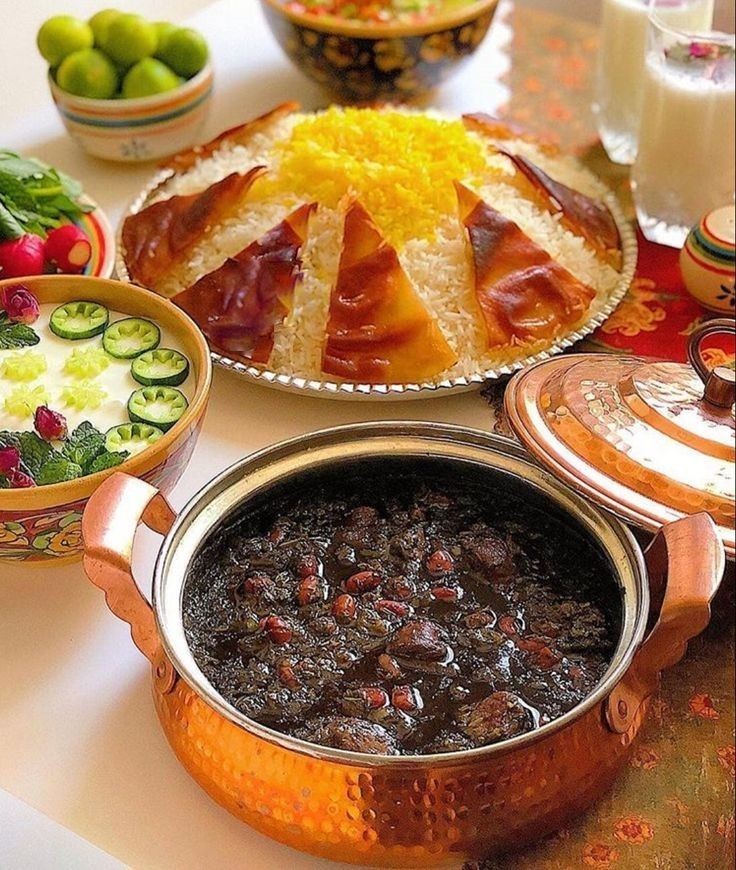
Tags
Breaking into the UK Tea Market: The Untapped Potential of Iranian Tea for Wholesale Success

The UK is one of the world’s most tea-loving nations, with a rich tea culture deeply embedded in daily life. Yet, as the market evolves, consumers are shifting toward healthier, more sustainable options, and they’re increasingly interested in exploring new, high-quality tea varieties. This presents a golden opportunity for Iranian tea exporters to tap into the UK market and make their mark. Iranian tea, with its rich history, bold flavors, and natural production methods, is perfectly positioned to meet the growing demand for premium, ethically sourced teas.
Understanding the Wholesale Price of Iranian Tea
In the UK, the wholesale price of Iranian tea is currently competitive, ranging between $3.50 and $5.50 per kg depending on the variety, quality, and whether it has been certified organic. When compared to established tea-producing countries like India or Sri Lanka, Iranian tea can be a cost-effective alternative that doesn’t compromise on quality.
Despite being competitively priced, Iranian tea is relatively underrepresented in UK retail outlets due to limited marketing and brand awareness. However, the potential for growth in this market is immense, especially with increasing interest in high-quality, naturally produced teas.
Emerging Market Trends in the UK Tea Industry
The UK tea market has undergone significant transformation over the past few years. Here are some of the key trends that could benefit Iranian tea:
1. Health-Conscious Tea Drinkers
The increasing awareness of health and wellness is reshaping consumer choices. Organic, naturally processed teas are in high demand, especially among consumers who prefer teas without additives, preservatives, or artificial flavorings. Iranian tea, with its traditional sun-drying methods and natural cultivation, fits perfectly into this trend, offering a healthier alternative to mass-produced blends.
2. Specialty Teas are Gaining Popularity
The UK’s tea market is moving away from generic supermarket blends and embracing specialty teas. Consumers are more willing to pay a premium for loose-leaf tea and single-origin varieties. Iranian tea, with its rich flavor profile and distinctive characteristics, can tap into this shift by positioning itself as a premium product in the market.
3. Diverse Consumer Base
The UK is home to a diverse population, with a significant Middle Eastern and Persian community. This group is already familiar with the high-quality teas produced in Iran. Many UK residents with Persian heritage prefer to purchase traditional Iranian tea from local ethnic grocery stores and tea shops, creating an existing market for Iranian tea.
4. Sustainability and Ethical Sourcing
British consumers are increasingly focused on the environmental and ethical aspects of their purchases. Many prefer teas that are sustainably sourced, fair trade, and organically grown. Highlighting the traditional, eco-friendly farming practices in Iranian tea cultivation can make it more attractive to consumers who prioritize sustainability.
Understanding UK Consumer Preferences
To successfully penetrate the UK market, it’s essential to understand consumer preferences. Over recent years, the UK tea-drinking population has gravitated toward the following characteristics:
1. Preference for Loose-Leaf Tea
UK tea drinkers are increasingly seeking loose-leaf tea over tea bags. This preference is driven by the belief that loose-leaf teas are fresher, more flavorful, and of better quality. Iranian tea, known for its robust, full-bodied flavor, can be an excellent fit for the loose-leaf segment.
2. Interest in Single-Origin Teas
Consumers in the UK are becoming more discerning about where their tea comes from. They want to know the origin of their tea, as single-origin teas are perceived as being more authentic and of higher quality. Iranian tea can capitalize on this trend by marketing its distinct regional origin, particularly from the Gilan and Mazandaran provinces, known for their fertile, pristine environments perfect for tea cultivation.
3. Aromatic, Bold Flavors
UK consumers tend to favor teas with bold, aromatic flavors. Iranian tea, particularly the black tea varieties, is renowned for its strong, aromatic notes and deep color. This characteristic is highly appreciated by the UK market, especially among premium tea drinkers who seek teas with more complex flavor profiles.
Strategies for Establishing Iranian Tea in the UK Market
Iranian tea has significant potential to establish itself in the competitive UK market. However, success will depend on strategic marketing and aligning with market trends. Here are some key strategies for Iranian tea exporters:
1. Branding and Packaging
Investing in high-quality, attractive packaging is crucial for standing out in the UK market. Consider using bilingual labels (English and Farsi) that convey the heritage and quality of Iranian tea. Highlighting its natural production and the traditional methods used in Iran will appeal to health-conscious consumers.
2. Building Partnerships with Specialty Retailers
To establish a strong presence, Iranian tea producers should seek partnerships with specialty tea retailers, independent tea shops, and premium online platforms. These retailers often cater to a customer base that values quality over price and is looking for unique, specialty teas.
3. Certifications for Organic and Fair Trade Practices
As UK consumers become more focused on sustainability, it’s crucial to obtain organic certifications and fair trade labels. These credentials will boost the appeal of Iranian tea to environmentally-conscious buyers and differentiate it from other teas in the market.
4. Storytelling and Educational Campaigns
Create compelling storytelling campaigns that educate consumers about the rich cultural history of Iranian tea. Share the journey of the tea from the lush gardens of Gilan to the teacup, emphasizing the traditional, eco-friendly practices and the artisanship behind each batch.
5. Sampling and Promotions
Sampling is one of the most effective ways to introduce consumers to the unique flavors of Iranian tea. Participating in tea festivals, hosting tasting events at gourmet food stores, and offering free samples through e-commerce channels will help Iranian tea gain traction in the UK market.
Conclusion:
With its unique characteristics and alignment with emerging trends in the UK tea market, Iranian tea has great potential to carve out a niche for itself. By focusing on quality, authenticity, and effective marketing strategies, Iranian tea exporters can successfully penetrate the UK market, establishing a lasting presence in one of the world's most competitive tea markets.



